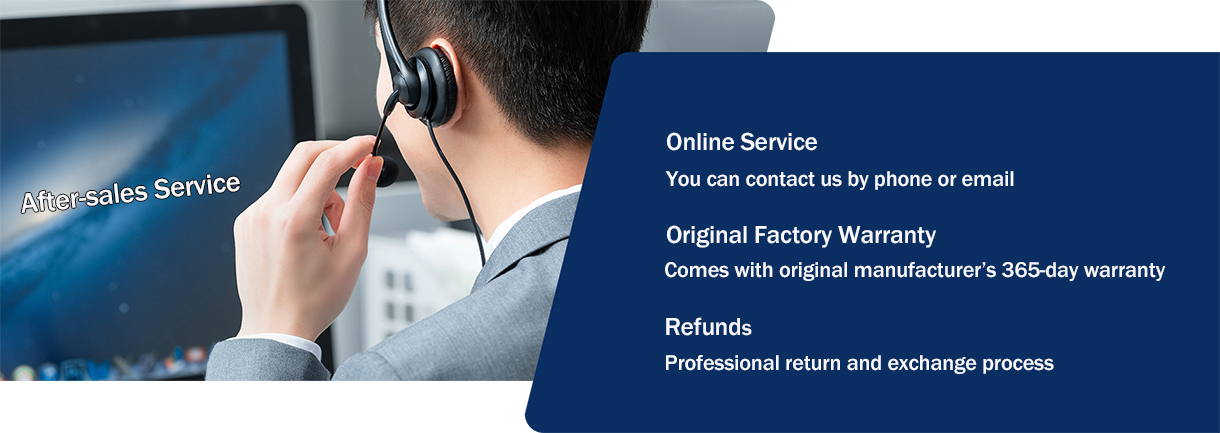
SUVSystem After-Sales Service
1. Receive customer problems; 2. Problem registration and recording; 3. Problem classification and priority judgment; 4. Problem analysis and solution formulation; 5. Problem-solving and follow-up; 6. Problem closure and customer satisfaction assessment; 7. Problem data recording and analysis; 8. After-sales team training and improvement. Through these steps, SUVSystem can deliver a superior customer experience, enhance competitiveness, and achieve long-term success.
1. Receive customer questions
The first step in the after-sales service process is to receive the customer's problem. Customers can contact us through multiple channels, such as phone, email, online chat, etc., to ask us questions or needs. At this stage, we can ensure that customers can easily contact us to have their questions or needs resolved promptly.
2. Problem registration and recording
After the customer's problem is received, we will register and record the problem in detail. Records should include key information such as a description of the problem, customer contact information, and when the problem was reported.
3. Problem classification and priority judgment
Once issues are registered and logged, we categorize and prioritize them. Issue classification helps organize and manage different types of issues, such as product quality issues, technical support needs, delivery issues, etc. At the same time, prioritizing issues can allocate resources and manpower appropriately to ensure that urgent issues can be dealt with promptly, while non-urgent issues can be resolved later.
4. Problem analysis and solution formulation
Once the problem is categorized and prioritized, we analyze the problem and develop a solution. Problem analysis involves a detailed examination of the causes and effects of a problem to identify the root source of the problem.
5. Problem-solving and follow-up
After formulating a solution, the company needs to actively solve the problem and follow up on the problem. Problem-solving needs to be carried out according to the pre-planned solution and ensured to be completed within the promised time. At the same time, maintain good communication and coordination with customers, promptly report the progress of problem-solving to customers, answer customer questions, and ensure customer satisfaction.
6. Problem closure and customer satisfaction assessment
When the issue is resolved, we will confirm with the customer that the issue is closed. This includes customer satisfaction confirmation and assessment. Through customer satisfaction assessment, understand how satisfied customers are with the service and the quality of the solutions provided, and whether they are willing to choose the company again.
7. Problem data recording and analysis
After-sales service is more than just problem-solving, it also provides valuable data. We also log detailed information about each service request, including problem type, resolution time, customer feedback, etc. This data allows us to continuously improve the quality and efficiency of after-sales service.
8. After-sales team training and improvement
Training and continuous improvement of the after-sales service team is an ongoing process. Our company is also regularly upgrading the skills and knowledge of our employees to ensure that they can keep up with market changes and the development of new technologies.





